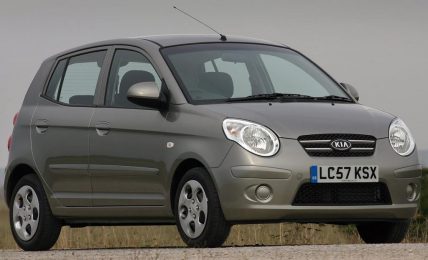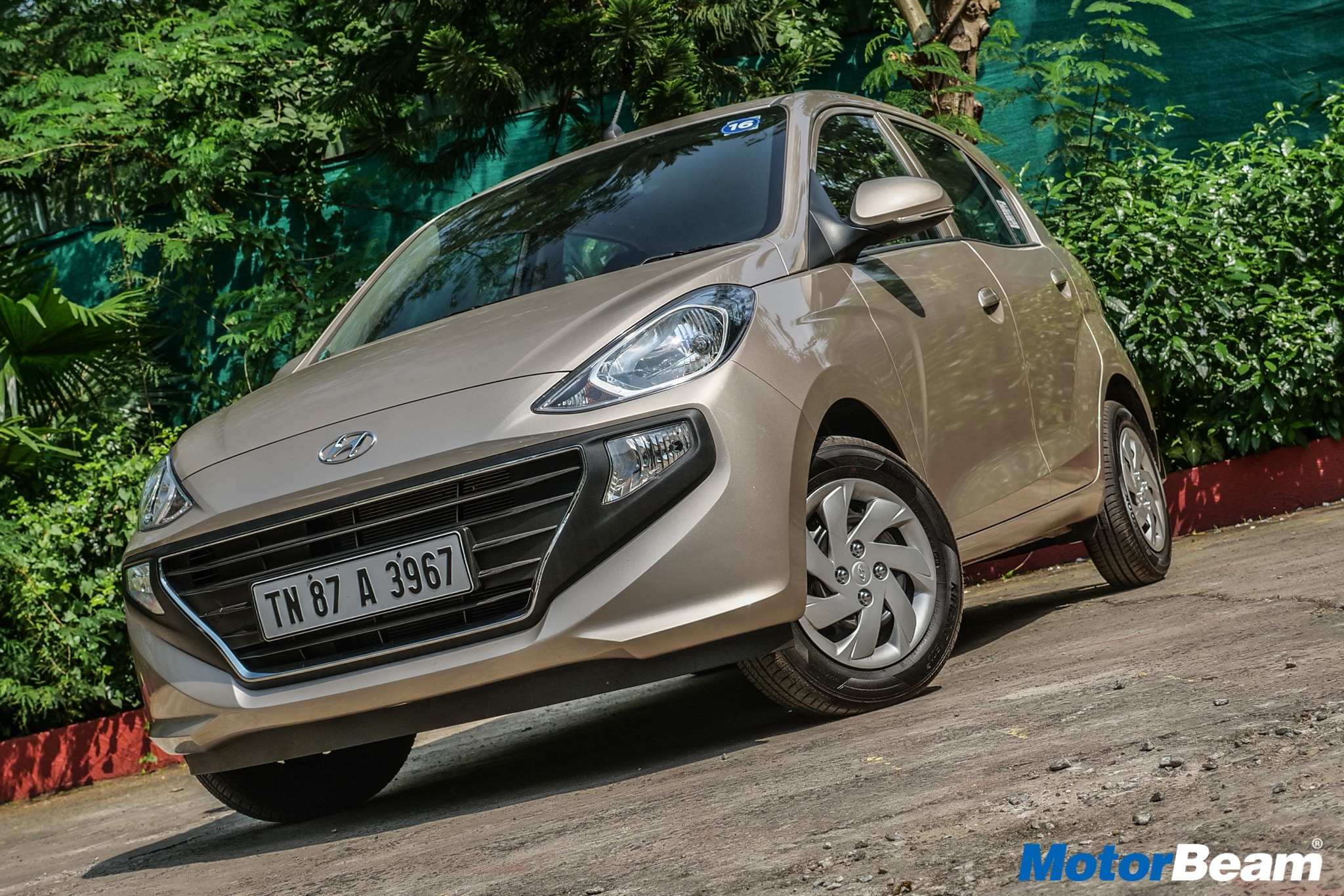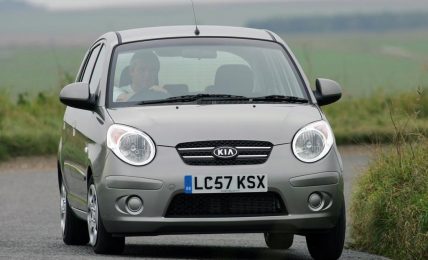The Santro’s less powerful engine is actually the better of the two
Performance – The new Hyundai Santro gets the same 1.1-litre Epsilon motor that powered the older car. The engine produces 69 BHP and 99 Nm of peak torque – figures that don’t make it look very impressive. Meanwhile, the Tata Tiago produces a class-leading 83 BHP and 114 Nm of peak torque from its 1.2-litre petrol motor. The figures are superior to those in the Santro but the trouble is not all of it is translated on the road. But start the Santro’s engine and what you’ll instantly notice is just how quiet it is. That is because it is the only car in its class to come equipped with a 4-cylinder engine. The 3-cylinder engine in the Tiago lacks the smoothness of the Santro and tends to sound quite vocal.
The Tiago’s 1.2-litre motor feels lacklustre
The Tata and the Hyundai feel quite different on the road
The Hyundai’s performance is more than adequate in town and it is really in the midrange where the Santro shines. Overtakes come in quickly and the Santro is one of the quicker cars in the in-gear acceleration. It is only when you extend your right foot, do you notice a bit of a lag before the engine wakes up. The Tiago isn’t a lively performer and the performance is best described as adequate but no more. You have to work the engine a fair bit to get the most out of it. The power buildup is not as linear as in the Santro and the Tiago feels positively jerky in stop-start traffic.
The Santro’s gearboxes feel better than the Tiago’s
Likewise, the 5-speed manual gearbox in the Santro doesn’t like to be hushed. However, it is blessed with a light clutch and good gear throws. The gearbox of the Tiago is not the best either. The clutch is not very progressive and slotting into gears needs a bit of an effort. The Tiago is the only car here that gets driving modes. The City and Sport modes, albeit slightly, change the way the engine performs. One thing to be remembered that the Tiago is now offered with a turbocharged 1.2-litre petrol engine from the Nexon under the JTP badge. It is quite sporty and definitely lifts up the driving character of the Tiago. The Tata is the only car out of the two to offer a diesel engine which we feel is better than the petrol. Both the cars also get an option of an AMT gearbox. The in-house developed AMT in the Santro has smoother gearshifts and faster response compared to the AMT in the Tiago. However, unlike the Tiago, the Santro AMT is not offered in the top-spec variant and the lower variants miss out on a lot of features.
Where the Tiago looses on performance, it makes up in driving dynamics
Driving Dynamics – The Tiago shines in the ride and handling department. The steering has great heft meaning cornering is surefooted. The body roll is well contained and it actually feels fun chucking the Tiago around corners. The well-shaped steering wheel only makes it better. With its light steering, superb visibility, and small turning circle, the Santro is a breeze in city conditions. The high-speed stability is a sore point though and the Santro just can’t give you a sense of confidence like the Tiago.
The Santro isn’t very exciting to drive and the steering lacks feel
The ride quality of the Tiago is superb and there is a big-car maturity to the way it copes with the roads. The suspension is soft and it isolates the passengers rather well. Owing to its higher kerb weight, the high-speed stability is commendable in the Tiago. It does not feel shaky like some hatchbacks do and cruising at high speeds will inspire confidence. It is a pity then that the engine fails to contribute to the excellent driving dynamics. The ride quality on the Santro is also good and the suspension goes away doing its business in silence. The tyres on the Santro don’t offer sufficient grip and this can be evident when braking hard.




